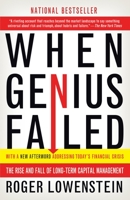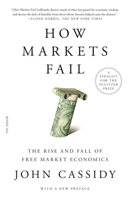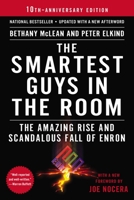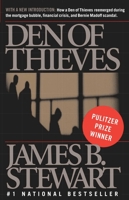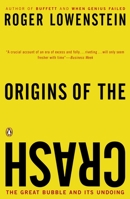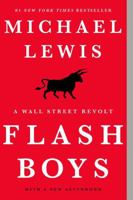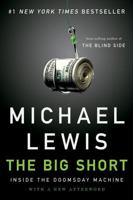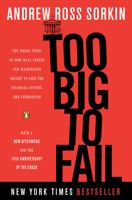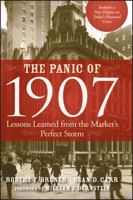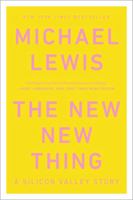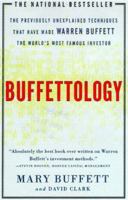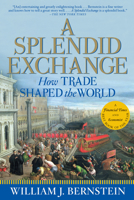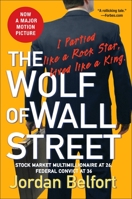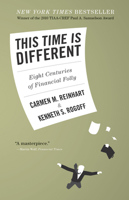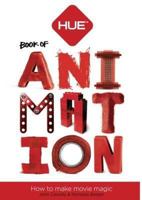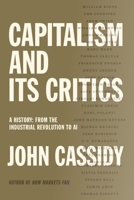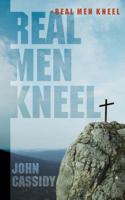Dot.Con: The Greatest Story Ever Sold
Select Format
Select Condition 
You Might Also Enjoy
Book Overview
When Vannevar Bush, Franklin D. Roosevelt's chief scientific adviser, sat down in 1945 to write a magazine article about the future, he had no idea what he was beginning. Bush's vision of a desktop computer that would contain all of human knowledge inspired the scientists who built the Internet. In the early 1990s, when a British computer programmer devised the World Wide Web and an Illinois student invented an easy-to-use Web browser, the Internet...
Customer Reviews
Rated 5 stars4.5 stars-Speculative bubbles always collapse
This is an interesting look at the Dot.Com Nasdaq bubble ,which started in the early 1990's and collapsed in 2000- 2001.This is not surprising since every bubble in history has collapsed. The author pinpoints three groups and/or individuals that he feels are specifically to blame for allowing this fiasco to occur.The first group is the financial journalists and analysts,such as Mary Meeker ,Blodgett,and Abby Joseph Cohen,who...
0Report
Rated 5 starsGreed Can Kill!
During the 1995-2000 period, investing was fun. Everyone was making money. Like the Dutch tulip frenzy and the pre-1929 Era in the United States, greed overcame common sense. History repeated itself again during the internet craze. The detailed chronicle of the event in the text brought back too many bad memories, especially my investment losses.
0Report
Rated 5 starsSo it really happened?
I loved this book! For a while there I was starting to wonder if the dot com boom was just a dream. But this book spelled it out, it set in stone, and as a victim of it, I felt like it brought closure to my experiences. I don't feel so stupid and alone anymore, at least not any more than most of America that eventually went along with the ride. The book tells the stories of many of the biggest firms, how they rose to power,...
0Report











